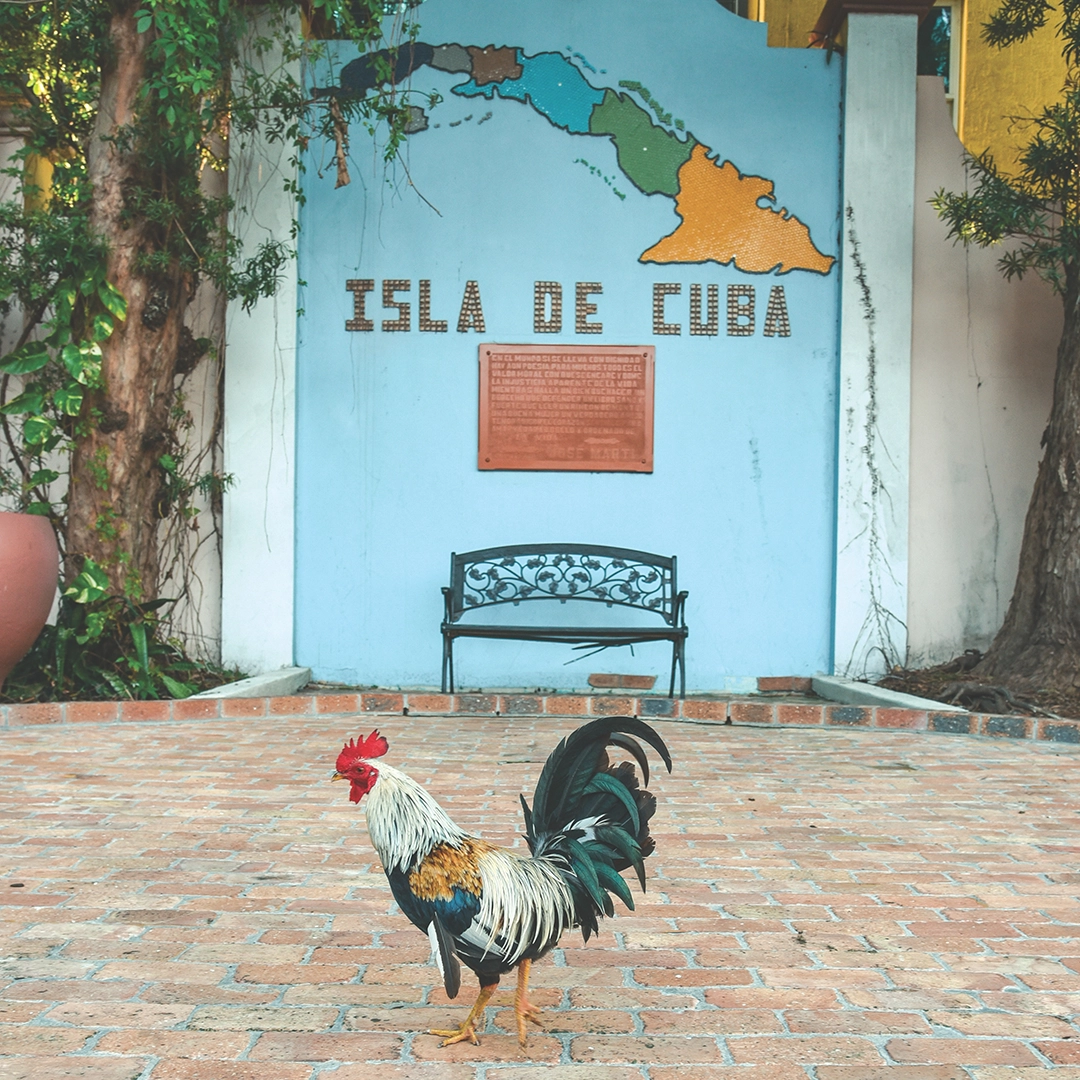by Heidi Tyline King | March 8, 2017
Coquina: Glass from the Past
A Florida transplant discovers peace on the beach glittering among the sand and shells.

FOUND 2015
She took it as a sign. Two years ago, Peggy Campbell-Rush traveled from her home in Washington, New Jersey, to interview for a new job as an elementary school principal in Ponte Vedra Beach. On her last afternoon in the seaside town, she stepped out onto the beach for her daily walk. Almost immediately, she spotted a large piece of an old-fashioned Coca-Cola bottle, smoothed and polished by the sea into a soft, opaque-white finish.
The avid sea glass collector understood the rarity of discovering such a perfect prize, especially in Florida. And she knew she had found her new home.
While coastlines as far away as California and Italy sparkle with sea glass as abundant as seashells, Florida beaches produce far less. Mother Nature’s strong waves and coarse sands toss and tumble glass that has found its way into the ocean, giving it an ethereal opacity over time. The depth of the sea and barrier reefs, at least in the Gulf, then prevent sea glass from making it to shore. Luckily for Campbell-Rush, beaches on the Atlantic side of the Sunshine State, particularly in the northeastern corner, wash up more glassy gifts.
“I walk up to six miles, and I try not to let myself stop until I find three pieces,” says Campbell-Rush, who has been collecting sea glass since 1986. “I’ve never had a problem finding three and often end up with pockets full. Either way, hunting sea glass is a good reason for a walk, and it has become a form of meditation for me.”
Florida surf combers have the best chance of discovering beach glass at low tide along the edge of the water, where shells and seaweed settle. Sunlight reflecting off the surface of the glass reveals its hiding spot among the coquina shells. Brown, white and green, in that order, are the most commonly found colors, while blue and red glasses are more elusive.
“Most of the glass is from old bottles, but the red comes from old headlights on cars or lanterns,” says Campbell-Rush, who has traveled around the world for her work as an educator, amassing an impressive collection along the way. “Once, on a crowded beach in Italy, I saw a dime-sized piece of red glass sticking out of the sand. I dove for it—and it turned out to be a woman’s red toenail. We started cracking up, but I soon had the whole beach helping me look.”
On occasion, she finds a new piece of broken glass on the shore. Rather than throw it back for more natural processing, she takes it home for recycling so no one gets cut by it. And purchasing bags of sea glass at a craft store? That’s cheating to die-hard collectors who spend hours on their knees looking for colorful, time-smoothed shards. The water-driven transformation from trash to treasure lures many “glassers” to this tranquil pastime.





